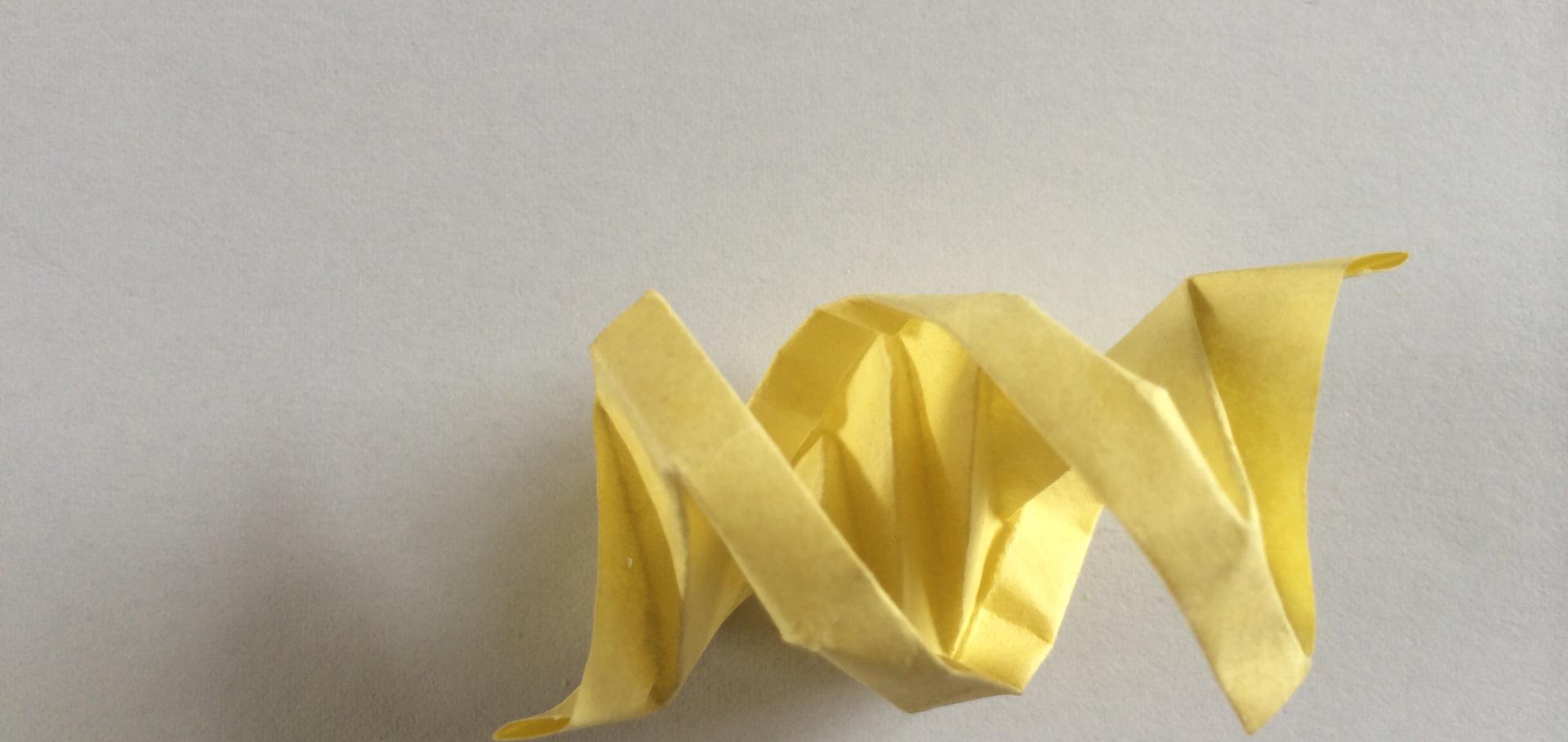DNA origami nanostructured surfaces for enhanced detection of molecular interactions
22nd International Conference on Miniaturized Systems for Chemistry and Life Sciences, MicroTAS 2018 1 (2018) 16-19
Abstract:
The performance of biosensors strongly depends on the nanoarchitecture of the biosensing surface. In many studies the bioreceptor density, orientation and accessibility are often overlooked, resulting in suboptimal biosensing devices. Here, DNA origami structures were decorated with aptamers and studied as a novel tool to structure the biosensor surface with nanoscale precision, favoring interaction between target and aptamer. Using this novel method to engineer biosensing interfaces of two in-house developed biosensing platforms, we were able to accurately detect the presence of a specific target and to compete with existing biosensors in reproducibility, SNR and LOD, without the need for backfilling.DNA T-junctions for studies of DNA origami assembly
EUROPEAN BIOPHYSICS JOURNAL WITH BIOPHYSICS LETTERS 46 (2017) S139-S139
DNA origami dimensions and structure measured by solution X-ray scattering
EUROPEAN BIOPHYSICS JOURNAL WITH BIOPHYSICS LETTERS 46 (2017) S137-S137
DNA-templated peptide assembly
EUROPEAN BIOPHYSICS JOURNAL WITH BIOPHYSICS LETTERS 46 (2017) S303-S303
An Autonomous Molecular Assembler for Programmable Chemical Synthesis.
Nature Chemistry Nature Publishing Group (2016)


